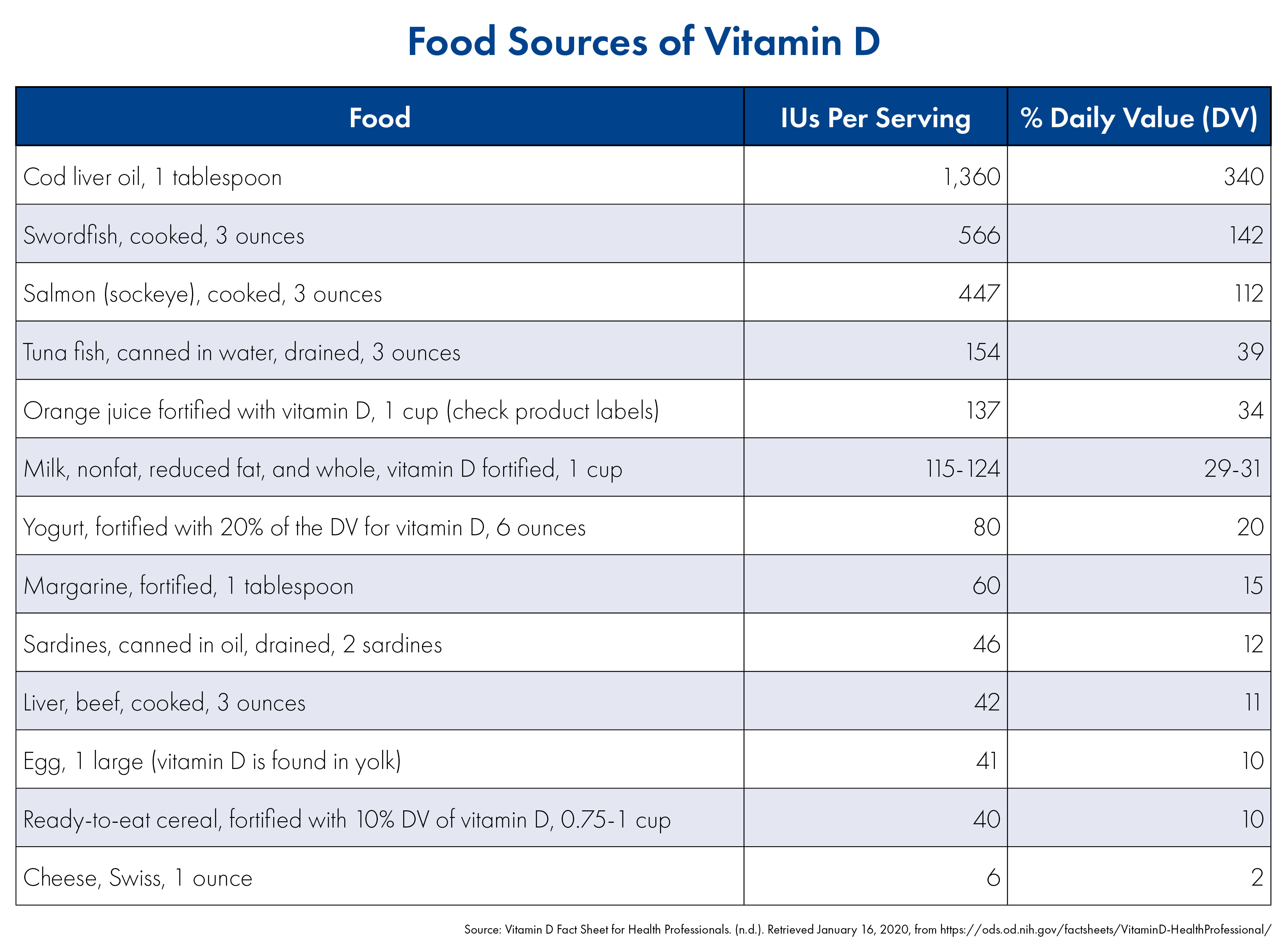4 Questions On NAD/NADH Testing Answered
Unlocking the Secrets of Cellular Energy

Vitamin D is a critical for good health—specifically bone health. Appropriate levels of vitamin D can have impacts on a variety of medical conditions including7:
Yet many adults are vitamin D deficient, with a 2011 study finding that nearly 40% of participants did not have adequate levels.2 This is due to a variety of reasons ranging from diet to geographical location, and even factors like age and race play a role.2
Before you decide to increase your vitamin D levels, it’s best to know where you’re starting from. A normal, sufficient level of vitamin D is considered to be >50 nmol/L.2 Taking a basic test that measures levels of vitamin D (total, 25-hydroxy D2 and D3) in the blood can tell you what your current levels are, and where they sit on the range of deficient to potentially toxic. Talk to your doctor about getting this test performed—a Vitamin D Test from US BioTek only requires four drops of blood from a simple finger prick.
If the results of your vitamin D test indicate a deficiency, and you and your physician have determined a need to increase your levels, it’s time to figure out a way to do so that works for you. Below are three simple ways to get more vitamin D.
Although vitamin D only occurs in a few foods naturally, it’s often added to others.7 Adding these foods to your diet—or adjusting how frequently you eat them—is a good way to increase your vitamin D levels naturally.
Foods including fatty fish, fish liver oil, egg yolks, and mushrooms naturally have high levels of vitamin D.7 Other foods, especially dairy and plant-based milks, are frequently fortified with vitamin D.7
Below are foods that are good sources of vitamin D.

While it is helpful to know which foods are a good source of vitamin D, actually incorporating them into your diet can be a bit more tricky. Heather Shannon at UCI Health has put together a list of six recipes that are high in vitamin D to help get you started.
Most people get some of their vitamin D through sun exposure, but it’s generally not enough.7 Everything from the current season to cloud cover, sunscreen, and even the melatonin levels of your skin can affect whether or not you’re getting enough of the sunshine vitamin—and if you work an office job, you’re probably getting even less sun.7
One study found that levels of vitamin D 25-hydroxy (25 OH) were significantly higher in individuals who engaged in outdoor pastimes compared to those who did not.3 Luckily, there are plenty of outdoor activities that are both fun and can help you get more vitamin D. Some things to try include:
Although sun exposure is crucial for vitamin D production, UV radiation is a known carcinogen and is responsible for most of the estimated 1.5 million skin cancers that occur every year in the United States.8 Before engaging in additional outdoor time, talk to your healthcare provider about the risks and benefits of UV exposure. Tanning beds should be specifically avoided.4
Even when you add foods that are rich in vitamin D to your diet and spend more time in the sun, you may not get enough. A third way to up the amount of vitamin D you’re getting is by taking supplements.
There are many options available, with most requiring just one capsule a day. For example, vitamin subscription service Care/of offers two versions of vitamin D—a standard capsule and a vegan version made from algae. Both provide 1000 international units (IUs) of vitamin D per capsule, and can be delivered on a monthly basis.5,6
When choosing a vitamin D supplement, check that the supplement is made of natural ingredients and doesn’t contain heavy metals or pesticides. Groups like ConsumerLab.com, NSF International, and U.S. Pharmacopiaverify the ingredients of many supplements and have reports available online.1
If your vitamin D levels are low, adding foods that are high in vitamin D to your diet, spending more time in the sun, and taking supplements are three relatively easy ways to address the issue. But it’s important not to try to purposefully increase your levels of the sunshine vitamin before you know what your levels are to begin with.
Talk to your doctor today about taking a vitamin D test to learn your baseline—then work with them to achieve or maintain appropriate level for optimum health!

Unlocking the Secrets of Cellular Energy

Short chain fatty acids (SCFAs) are organic acids produced by bacterial fermentation of dietary fibre and resistant starch. Enterocytes and...

Zonulin has emerged as a popular marker to assess the integrity of the intestinal mucosal barrier. Discovered by Dr Alessio Fasano, Zonulin...